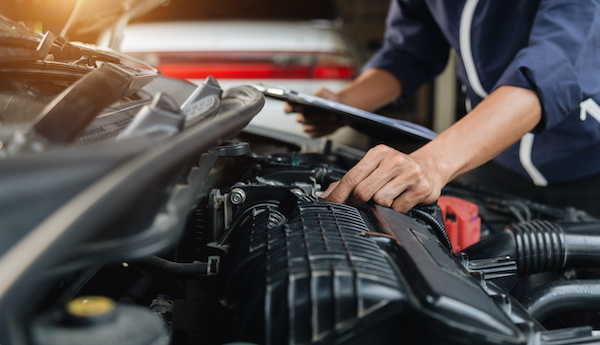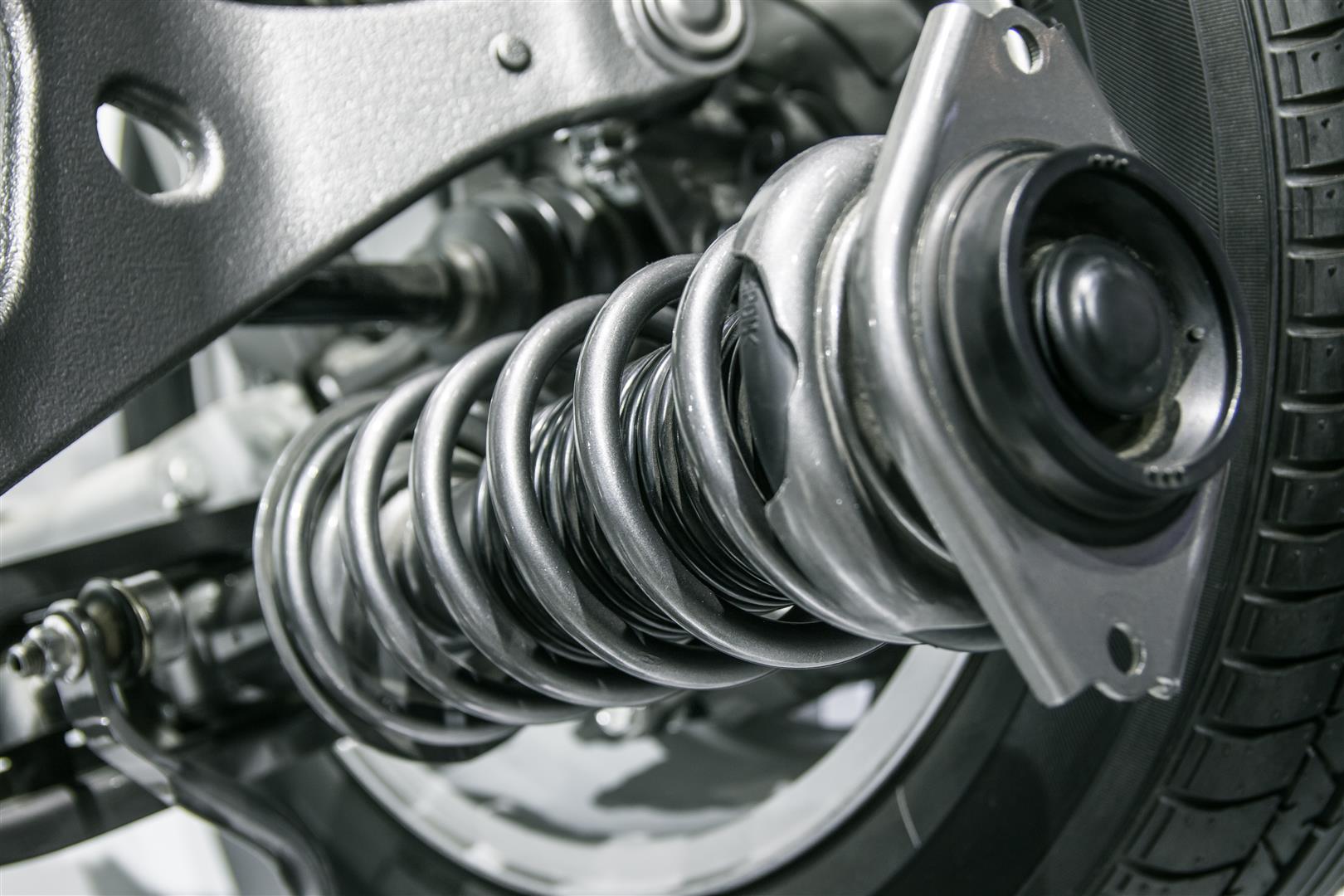Posted on 1/20/2022

Passing a state inspection is a must if you want to operate a safe and reliable vehicle. State inspections are required by law to ensure you and others around you are safe behind the wheel. When your car is up to standards, you are not putting other people on the road in danger. Today, we will go over what state inspectors look at when you take your car in for an inspection. What Gets Inspected There are several parts of your car that are inspected and tested during a Texas state inspection. These components need to be in safe working condition and must not interfere with the vehicle's drivability. Below are some of the categories that need to be checked off: Lights Windshield Tires Brakes Steering Alignment Fluid Leaks Seat Belts and Other Safety Items (Airbags, Horn, etc.) Each of these items stand as essential to the safety and condition of your vehicle. If one of them does not pass inspection, the mechanic will mandate a repair or replacement to fix the problem ... read more
Posted on 12/20/2021

The holidays are upon us all, and many families plan to travel miles upon miles to see their distant loved ones! If you plan on making a long road trip this year, you should prepare for the potential traffic horrors. Driving amid holiday traffic is much simpler and less worrying if you know that your car has been serviced and won't break down. To ensure you get home for the holidays, please make sure to follow our safety tips below! Holiday traffic tends to peak in the handful of days before and after Christmas. If your schedule allows, we highly urge you to travel outside of those days. If you can't avoid the busy days, try hitting the road super early in the morning to beat the traffic. Traveling with children can put additional stress on you. To ensure the entire car is calm, relaxed, and collected, don't forget the essential items: snacks, drinks, entertainment devices, headphones, and chargers. Also, plan to take additional breaks so everyone in the famil ... read more
Posted on 11/16/2021

There's no denying that the smell of sweet syrup on pancakes or waffles is amazing, but what about in your car? Not so much, right? While dismissing this sweet, sugary smell may be effortless, this particular scent can signal major trouble. If you find yourself sniffing a syrupy smell, there's a good chance that you've got a coolant leak on your hands. Coolant fluid, also known as a mixture of water and antifreeze, has a vital function in your car. It is known for regulating the engine's temperature and preventing it from overheating. Coolant has specific chemical properties that draw out the heat from your engine. The warm air is then repurposed to heat up (or cool off) your cabin. Furthermore, coolant also has anti-corrosive properties to keep your parts healthy. Coolant fluid flows through many areas of your car, including the engine, hoses, radiator, and heater core. Coolant has a distinct sweet smell that most people compare to maple s ... read more
Posted on 10/11/2021
.jpeg)
Main beam headlights (also referred to as high beam headlights), used in the right circumstances, can make your commute feel safer and comfortable. However, main beam headlights can pose significant safety concerns when misused. Regardless of whether you are a new driver or not, you should know the proper etiquette of how and when you should use your high beams. Main beam headlights give you the option to obtain brighter lights when you have difficulty seeing through your windscreen at night. They are also called high beam headlights, flashers, full beam, high beam, and blinders. Most high beams are commanded by the stick control on the left side of your steering wheel. Your main beam headlights illuminate a larger surface area in front of your vehicle, allowing you to see more of the road ahead of you. When Should I Use (and Not Use) My High Beams? If you live in a city with street lights and a decent amount of traffic, your low beam lights should be suffici ... read more
Posted on 9/13/2021

Shocks and struts are effective in stabilizing your vehicle while driving. Letting these critical parts become worn out will not only make your ride bumpier and rougher, but it may also put you in a hazardous situation! Knowing to diagnose your shocks and struts is fundamental; continue reading to find out how to identify aging shocks or struts. How Long Do Shocks And Struts Last? Under standard driving conditions, you will get approximately 75,000-90,000 miles of use before having to replace your shocks or struts. If you use your vehicle on unpaved or rough roads often, you may have to change them out sooner. What are the Top Signs of Worn Out Shocks/Struts? Car Veering Left or Right - If your car is sliding in different directions and you need to correct it constantly to drive straight, then it is time to make a trip to the auto repair shop. Uneven Wear on Tires - When your shocks and struts are wearing thin, they will cause your tires to wear unevenly. Inspectin ... read more